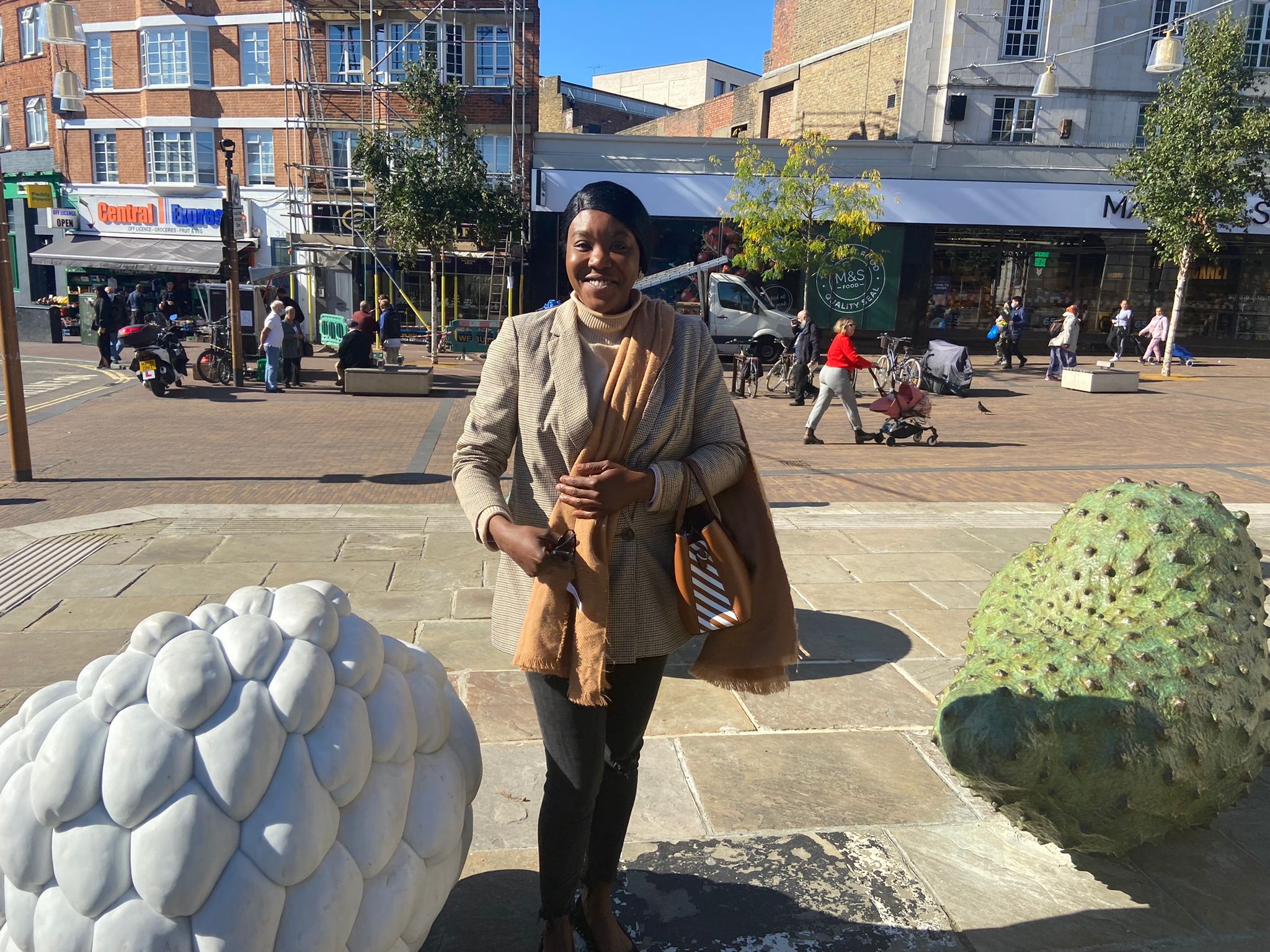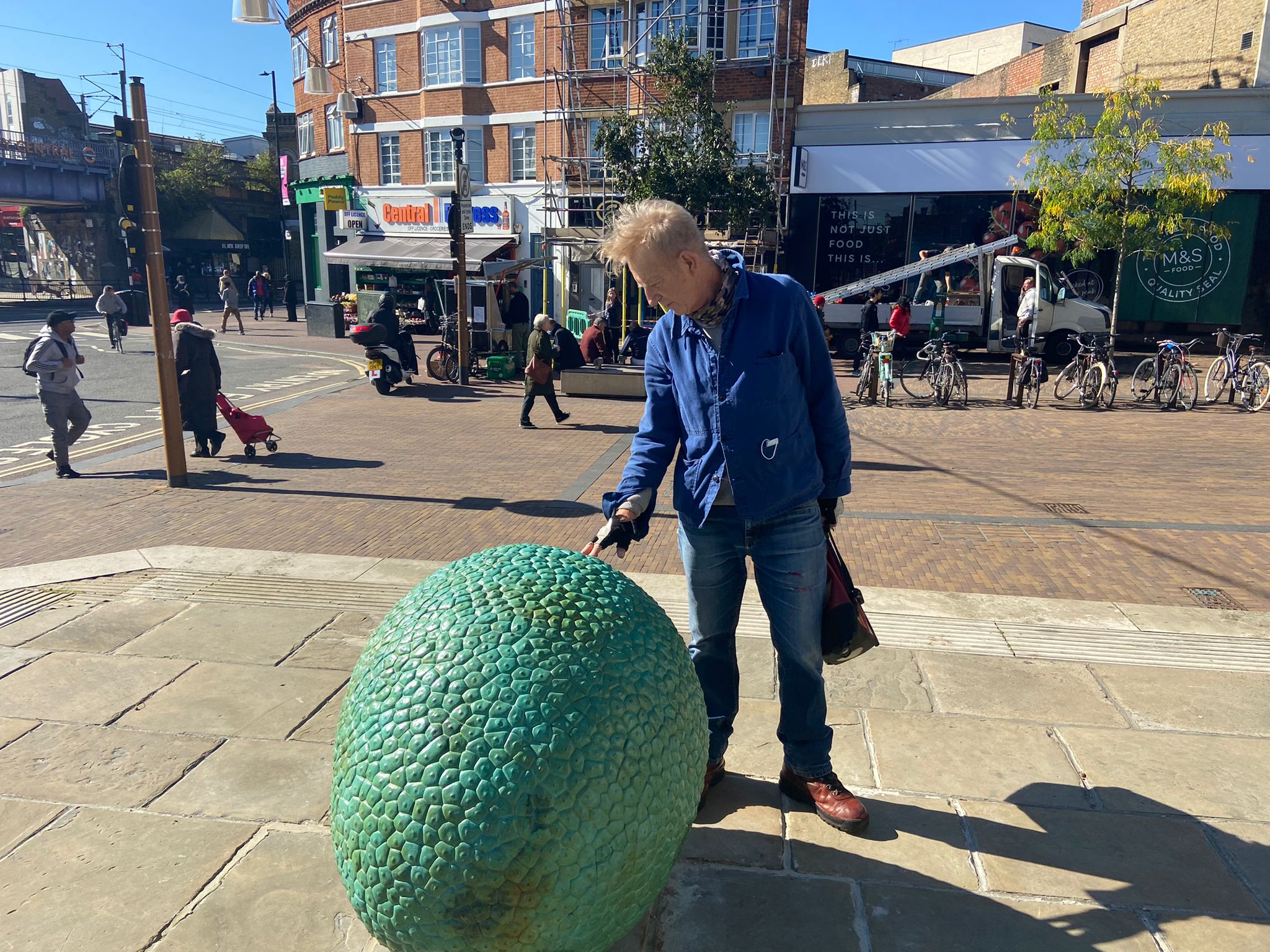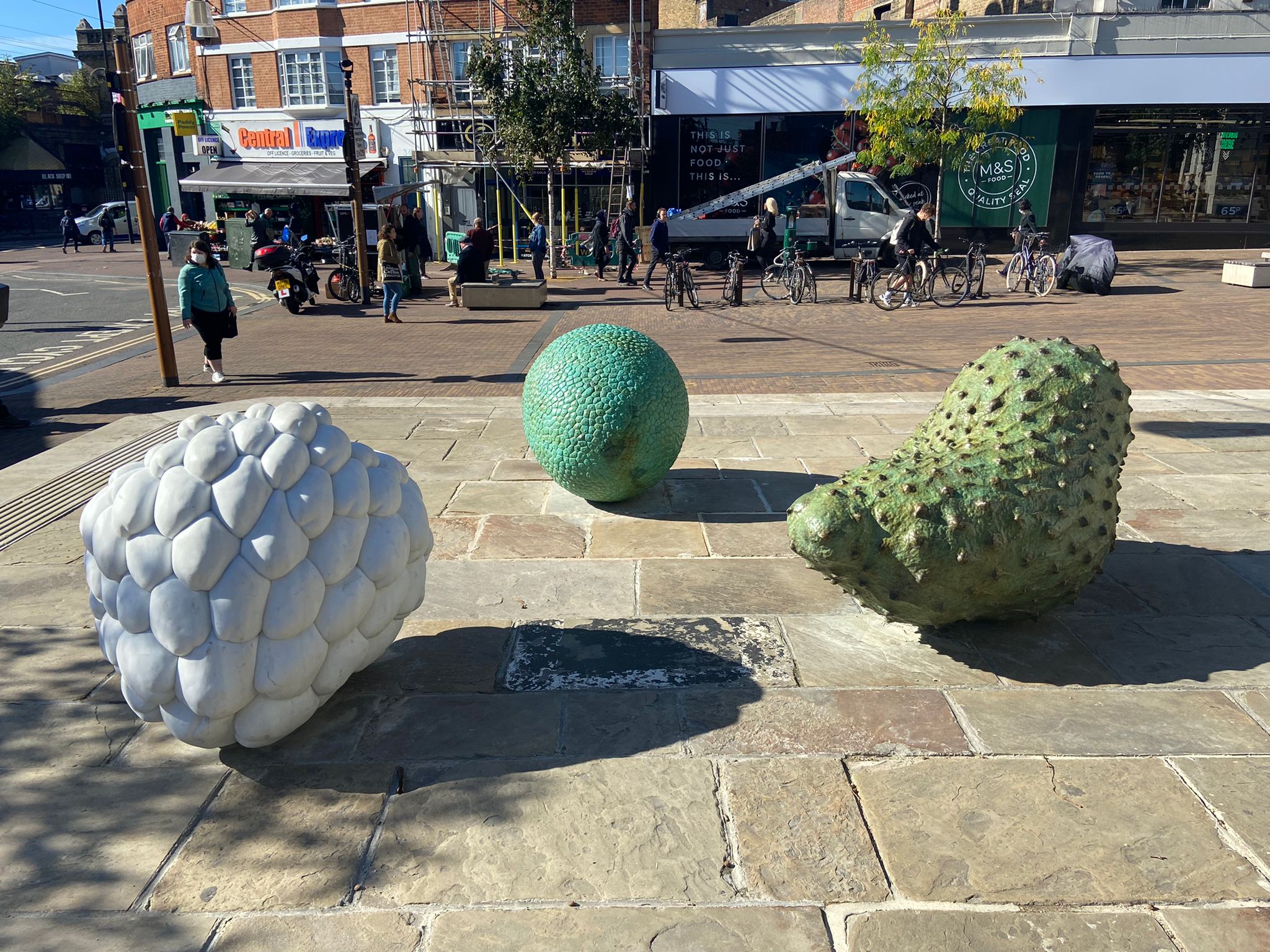‘It’s our heritage’: Londoners divided over Windrush monument
The monument is believed to be London’s first public display commemorating the Windrush generation

Your support helps us to tell the story
From reproductive rights to climate change to Big Tech, The Independent is on the ground when the story is developing. Whether it's investigating the financials of Elon Musk's pro-Trump PAC or producing our latest documentary, 'The A Word', which shines a light on the American women fighting for reproductive rights, we know how important it is to parse out the facts from the messaging.
At such a critical moment in US history, we need reporters on the ground. Your donation allows us to keep sending journalists to speak to both sides of the story.
The Independent is trusted by Americans across the entire political spectrum. And unlike many other quality news outlets, we choose not to lock Americans out of our reporting and analysis with paywalls. We believe quality journalism should be available to everyone, paid for by those who can afford it.
Your support makes all the difference.Londoners have been left divided over a new monument celebrating the Windrush generation — the capital’s first public display commemorating the Caribbean community who migrated to the UK from 1948.
The sculpture, unveiled in Hackney, depicts three Caribbean fruit and vegetables: custard apple, breadfruit, and soursop.
Designed by Montserrat-born British artist Veronica Ryan, it has been met with criticism on social media where some called it an “empty gesture” while many of the Windrush generation for still awaiting compensation over the scandal in which many were wrongly detained or deported under a new Home Office policy.
The Independent spoke to Hackney residents who were both excited and left with questions following the monument’s installation.
‘It’s our heritage’
Photographer and lifelong Hackney resident, Crispian Blaize told The Independent that the monument was beautiful and believes it can help educate students about their Caribbean roots.
“It’s the heritage of a lot of people from this area,” Mr Blaize of Dominican and Nigerian descent said.
“To me, it’s a great thing to put fruit here from our heritage because it’s still being exported here and it’s still playing a big part of people’s lives and it brings a lot of joy.”
In response to criticisms about the monument, Mr Blaize added: “I don’t know what they could have put instead?”
Mr Blaize’s mother, who asked to be referred to as Cecelia only has lived in the area for four decades. She was taking photos besides the monument this afternoon, which she called a nice reminder of Caribbean heritage and a sign that Hackney is “on the up.”
27-year Hackney resident, Pete Burke also backs the permanence of the monument stating its colours drew him to it.
“I think they’re in a good place...This is a communal area for people,” Mr Burke said.
“If they’re here to stay I think it’s great for Hackney. It relates back to the Windrush generation which is brilliant and you don’t get a lot of that in the arts, it’s a much overlooked area of the arts - it’s been quite white male-dominated for God knows how long.”

The Empire Windrush brought hundreds of West Indians to help rebuild post-war Britain with many settling in London. Breadfruit, custard apple and soursop are all popular foods in the Caribbean diet and have been consumed in the region for hundreds of years, and are still enjoyed today by the UK’s Caribbean population.
Another sculpture celebrating the Windrush Generation, by artist Thomas J. Price, is due to be unveiled on 22 June next year to mark National Windrush Day.
Bianca Odie, an administrator of Caribbean descent who lives in Hackney said the monument had left her confused.
“I’m happy that it acknowledges the Windrush generation and kudos to the art but there could have been something more significant to represent black people,” Ms Odie told The Independent.
She added that a plaque explaining how the Windrush generation helped support post-war Britain could have been a more fitting monument.

Ms Odie’s sentiment was echoed on social media.
One user on Twitter wrote: “People died whilst awaiting compensation, people were wrongfully deported, never to be granted return. But all is well! Here’s some grapefruit to say thanks.”
Another added: “For art purposes I get it. But where people are still waiting for compensation it’s a bit of a slap in the face.”
Significance of cultural visibility
On the unveiling of the monument, which is part of Hackney council’s focus on the Windrush generation, artist Veronica Ryan emphasised the significance of cultural visibility and representation in public spaces.
“Ridley Market here in Hackney remains a vibrant place of early excitement going shopping with my mother, I don’t often get along to the market now, but have been so happy to buy some lovely soursops and custard apples on recent visits,” Ms Ryan said.
“I like the fact that the community in Hackney will see some familiar fruit and vegetables represented in the sculptures, and always enjoy these connections.”

Edwin Coomasaru, a historian of modern and contemporary art who was visiting the display told The Independent that too often public monuments commemorate “powerful white men.”
“I think it draws on ecological histories of empire and migration. Both the metaphor of seeds and fruit but also language of hostile environments and histories of extracting plant specimens or creation of plantation systems across the British Empire,” Dr Coomasaru said.
He added that compensation being paid to Windrush scandal victims is important but does not oppose artists having the space to commemorate histories of Caribbean people in the UK.
Additionally, on criticisms that a different monument could have commemorated Windrush, Dr Coomasaru said “the bigger question is could any artist or one object be enough to hold the whole legacy and community memory of such a group of people and do we need to necessarily demand this one object does?”
The Independent approached Hackney Council for comment.
Join our commenting forum
Join thought-provoking conversations, follow other Independent readers and see their replies
Comments